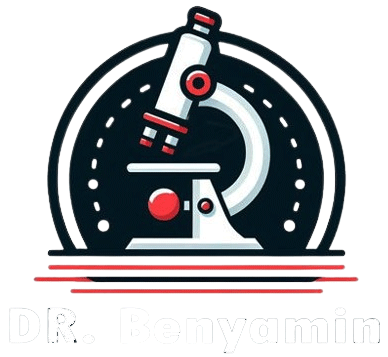Hydrocolloid dressing
Chronic wounds are associated with a significant health-related quality of life burden and carry high economic costs to society in high income countries. Prevalence is projected to increase due to an aging population and increasing incidence of obesity, diabetes, and cardiovascular diseases. Wound management is a significant clinical issue and is a growing economic burden across the globe. According to the latest Global Wound Care Market 2016 report, the Wound Care Market accounted a value of $18.22 billion. This value is projected to reach $26.24 billion by the end of 2023. The first consideration must be given to accurate diagnosis of wound etiology and appropriate treatment, followed by appropriate dressing selection.
Modern wound dressings have been the top priority choice for healing various types of wounds owing to their outstanding biocompatibility and biodegradability. Maintaining a moist wound environment to optimize healing is a well-established evidence-based practice. When compared with traditional passive dressings used to cover wounds, first-line interactive/bioactive dressings provide a moist, conducive environment to facilitate improved healing.
Hydrocolloid Dressings
Hydrocolloids wound dressings are among the first type of high-tech modern dressings. These dressings are typically made of hydrophilic polymeric granules dispersed in an elastic adhesive matrix. Typically, the hydrophilic granules are hydrophilic polymers such as sodium carboxymethyl cellulose, pectin, gelatin and sodium alginate, whilst the adhesive matrix is typically polyisobutylene، and are available in various shapes, sizes, and thicknesses.The hydrocolloid and the adhesive form a homogeneous mixture such that the granules are uniformly dispersed in the adhesive matrix. The final dressing is usually composed of the hydrocolloid matrix cast on a sheet of polymeric membrane or film (occlusive or semi-permeable for different applications)

On contact with wound exudate, the hydrophilic granules absorb the fluid to form a hydrogel, while the adhesive material provides a tack that keeps the dressing adhered to the wound. Since the moisture transportation is relatively slow through the hydrocolloid matrix, the wound surface is covered by a moist contacting layer which assists the healing of the wound. The dressing is easy to remove and the outer layer protects the wound from bacteria, exotic agents, or other environmental impacts. Furthermore, they are impermeable to oxygen, which accelerates epithelialization and collagen synthesis and decreases the wound exudates’ pH, thus reducing the number of bacteria. They also prevent contamination, promote autolysis to remove damaged or infected tissues, and do not require secondary dressings.

Forms and Products
Many hydrocolloid dressings combine the gel-forming properties with elastomers and adhesives which are usually applied to a carrier, such as film or foam to form an absorbent, waterproof, self-adhesive wafer. In sheet form, the polymer outer layer can be either occlusive or semi-occlusive. Hydrocolloid interaction facilitates autolytic debridement. This property helps to reduce dressing frequency to up to one-week wear time, depending on the type of hydrocolloid dressing and the amount of exudate. Hydrocolloids are also available in powders and paste, which increase exudate absorption and decrease dead space in the wound cavity
Advantages and Disadvantages
The main advantages of the hydrocolloid dressings are moisture retention and pain free removal
The occlusive properties provide a good barrier to water, oxygen, or bacteria; however, there is a potential for anaerobic bacteria to grow in a hypoxic environment.
help facilitate angiogenesis and granulation
decrease wound surface pH of the facilitating acidic environment to inhibit bacterial growth
Examples of hydrocolloid dressings

| Comfeel® Plus |

| DuoDERM® |

| Suprasorb® H |
؟What wound do you use hydrocolloid dressing on

non-infected, mildly exuding wounds (such as minor burns or pressure ulcers, also known as bed sores)

Hydrocolloid plasters are suitable for hydrating and they can be used on surgical wounds, abrasions, and minor burns.

Contraindications and Precautions
Use of hydrocolloid dressings in managing dry and high exudate wounds
Due to the semiocclusive nature, hydrocolloids with a waterproof backing are not recommended on clinically infected wounds
Hyper granulation may occur with prolonged use of hydrocolloids in moderately to highly exuding wounds
Some studies caution use in diabetic foot ulcers as hydrocolloids may facilitate growth of anaerobic bacteri

